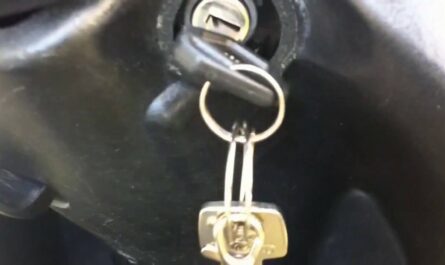Cleaning a scooter may seem like a two-step process of washing and drying, but how you go about it matters. Improperly cleaning your scooter can destroy your paint and lead to every scooter owner's worst nightmare: rust.
If you've ever washed a car yourself, you know that to make it shine, all you need to do is wash the body and the windows. However, when it comes to scooters, cleaning is a more complex process (Here is an article that tells you how to wash your scooter at the karcher). Scooters have corners, bends, cables and unhidden switches. Additionally, the engine, gearbox, and chain of some scooters are also exposed, and all of these must be cleaned properly.
In order to wash your scooter, follow these 6 steps:
- Choose a workplace
- Use rags:
- Do not use too much water
- Avoid using detergents intended for utensils on your scooter.
- clean the corners
- Dry your scooter
1. Choosing a workplace:
One of the most basic, but often overlooked steps is finding the right place to wash your scooter. Look for a tiled or cement surface to start with, avoid dirt or you'll end up giving yourself and your scooter a mud bath. Another important tip is to have good drainage, otherwise you will end up splashing dirty water from the ground onto your scooter.
2. Use rags:
Get a pack of microfiber towels or soft, clean cloths. Have at least four for safety, two for the engine, wheels and other mechanical parts when wet/dry, and two for the tank and other body parts when wet/dry. This is done to prevent swirl marks and scratches on the bodywork. It's also helpful to have extra rags on hand for cleaning oily parts like the forks, engine underside and chain cover.
What you will need:
3. Do not use too much water:
Feeling like you have the power of the gods doesn't mean you have to pour torrential rain on your scooter. If you have a pressurized washer, set it to a lower level before you start spraying. Start by wetting the scooter from top to bottom and initially avoid direct contact with electrical and mechanical parts. Adjust to the lowest setting for these areas and avoid pressure washing on an older scooter altogether – a damp cloth should do the trick in this situation.
4. Avoid using detergents intended for utensils on your scooter.
These products contain chemicals that can damage the paint. Fuel like diesel is widely used to clean scooters, although it cleans your scooter quickly, it definitely damages the paint. Choose car shampoos at all costs.
5. Clean corners:
If you're looking for a good clean, the key is in the details and there's no two ways to do it. Every nook and cranny of your scooter needs to be thoroughly cleaned. The areas between the engine and the fuel system can be hard to reach, but a simple toothbrush can do wonders. Cleaning every spoke of an old scooter may seem tedious but will prove to be extremely rewarding.
What you will need:
6. Dry your scooter
When drying your scooter, be sure to use a clean cloth and start with the bodywork, then move on to the other parts. As we have already said, it is better to have a separate cloth for the body and the mechanics. Since most of us don't have access to compressed air, it's best to take a quick spin on a clean road so the air can dry out the aforementioned corners and creases. The final touch is to apply a thin layer of petroleum jelly to the chrome parts to protect them, especially if you live near the sea or if you drive during the monsoon.
Why is regular scooter washing important?
There are two very good reasons why scooter cleaning should be a priority for all scooter owners: not only does regular maintenance help keep the scooter running smoothly and reduce the risk of damage, it also helps to preserve the appearance of the scooter. Washing a scooter takes a bit of time and effort, but you can really cut down on the time needed by doing small cleaning tasks regularly, as part of your normal cleaning schedule. It's much easier than tackling months of caked-on dirt and grime in one go.
Learn more about your scooters:
Here is an article that serves as a guide and helps you choose your scooter better before purchasing. For this, we give you the details on the characteristics and the different types of scooter.




